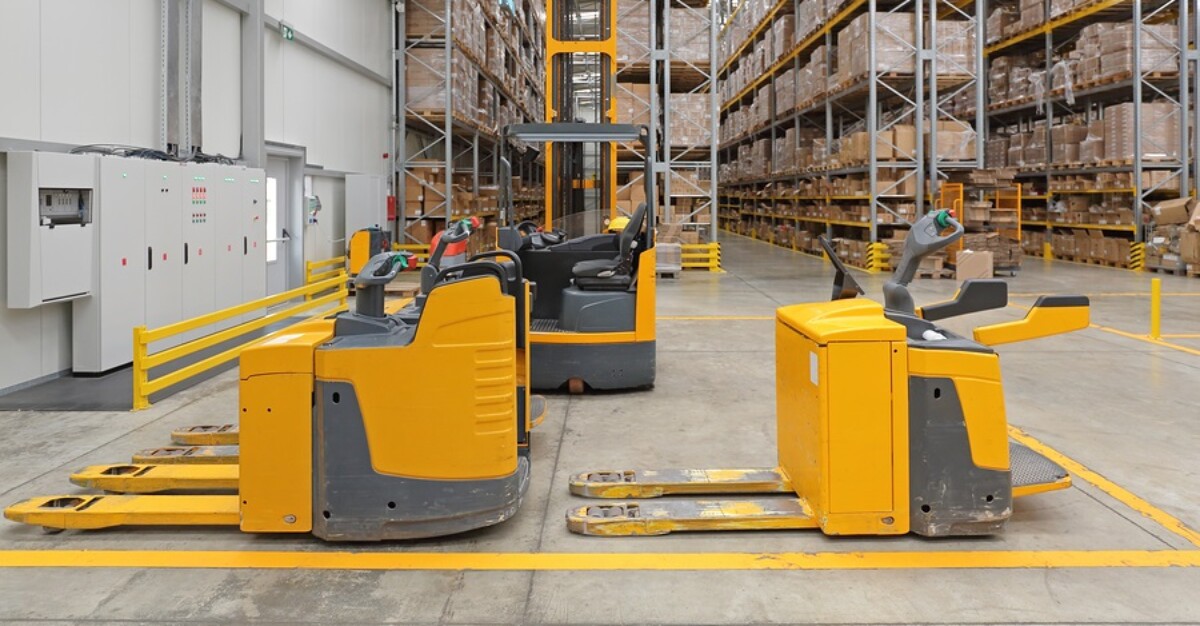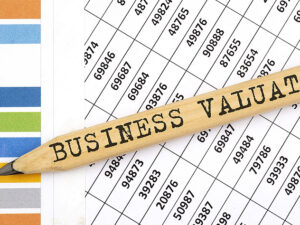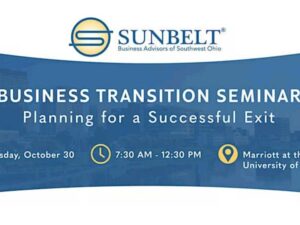Should You Buy or Lease Equipment?
Dec 03, 2020

If your business is in a position to acquire equipment or machinery, management faces a tough decision: Should you lease it, or should you buy it? There’s no universal “right” answer. Here are some factors to consider.
Tax Advantages of Buying
There are major federal income tax incentives to buy new equipment, including the following first-year depreciation tax breaks:
100% first-year bonus depreciation deductions. New and used qualifying business assets placed in service between September 28, 2017, and December 31, 2022, are eligible for 100% first-year bonus depreciation. For certain assets with longer production periods and aircraft, the placed-in-service deadline is extended to December 31, 2023. This tax break will gradually be phased out from 2023 through 2026.
Section 179 deductions. For tax years beginning in 2020, a business taxpayer can potentially write off up to $1.04 million of the cost of qualifying new and used assets with the Sec. 179 deduction. Under a phaseout rule, the maximum $1.04 million Sec. 179 deduction for tax years beginning in 2020 is reduced dollar-for-dollar by the excess of Sec. 179 deduction-eligible asset additions over $2.59 million.
The allowable deduction for a tax year can’t exceed the taxpayer’s aggregate net business taxable income from all sources calculated before any Sec. 179 deductions. That means Sec. 179 deductions can’t create or increase a federal income tax net operating loss (NOL). Deductions that would create or increase an NOL are disallowed and carried forward to the following tax year.
Finally, if your business operates as a pass-through entity — such as a limited liability company (LLC), partnership or S corporation — the $1.04 million Sec. 179 deduction maximum, the $2.59 million deduction phaseout threshold and the business taxable income limitation apply at both the entity level and your personal level. The interactions of these limitations can cause allowable Sec. 179 deductions for a year to be less than expected.
It doesn’t always make sense to claim 100% bonus depreciation and/or Sec. 179 deductions in the year that qualifying business property is placed in service. Instead, there may be valid reasons to depreciate those assets over several years under the Modified Accelerated Cost Recovery System (MACRS). (See “Now or Later?” at right.)
Under MACRS, the cost of qualified property placed in service is recovered over its useful life, with larger write-offs available in the early years of ownership. Most equipment or machinery will have a useful life of seven or 15 years.
Important: Accelerated depreciation methods — including 100% first-year bonus depreciation, Sec. 179 and depreciation over the asset’s useful life under MACRS — are available even if you finance a machine or equipment purchase, rather than buy it outright.
Other Considerations When Buying Equipment
Besides the tax benefits, when your business buys equipment, you don’t have to worry about a lease term expiring — the asset is yours to keep for as long as you want. But there are two major downsides to consider.
1. Significant upfront costs. Purchasers must pay the full cost of property upfront or finance the purchase and then make monthly payments, which include interest charges. If you finance a purchase, you’ll also have to provide a down payment. Plus, the business must record the equipment loan on its balance sheet, which could affect your credit rating and possibly trigger loan covenants.
2. Risk of obsolescence. There’s a risk that purchased equipment, especially high-tech items, could become outdated. Once a machine is obsolete, it may be difficult to sell.
Pros and Cons of Leasing
Over the short run, leasing may appear to be more cost-effective than buying. For starters, leases typically don’t require a large down payment — and, for companies with credit issues, leases may be easier to obtain than equipment loans. Lease payments are usually lower than loan payments, because you are paying only to use the asset for the term of the lease. Once the lease expires, you generally return the asset to the leasing company, unless you exercise a right to buy the asset at the end of the lease term.
So, there’s minimal risk that a leased asset will become outdated before the end of the lease term, and it’s easier to upgrade a leased asset if it does become outdated. But the downside is that your company doesn’t own the machine after the lease term.
Over the long haul, leasing may be more expensive than buying because you’re continuously renewing the lease or acquiring a new one. What’s more, when you lease equipment, you’re generally locked in for a specified term. So, you’re obligated to keep making lease payments, even if you stop using the property.
From a federal income tax perspective, lease payments are generally tax-deductible as “ordinary and necessary” business expenses. But leased assets don’t qualify for 100% first-year bonus depreciation, Sec. 179 or depreciation over the asset’s useful life under MACRS. These accelerated depreciation methods are only allowed for asset purchases, not leases.
Changes to Lease Accounting Rules
Updated accounting rules issued by the Financial Accounting Standards Board (FASB) require companies that follow U.S. Generally Accepted Accounting Principles (GAAP) to report lease obligations on their balance sheets. This change is intended to improve transparency about current off-balance-sheet leasing activities.
Specifically, Accounting Standards Update (ASU) No. 2016-02, Leases (Topic 842), requires companies that lease fixed assets (lessees) to recognize all leases with terms of more than 12 months on their balance sheets, regardless of their classification as capital or operating leases. The change requires lessees to report a right-to-use asset and a corresponding liability for the obligation to pay rent, discounted to its present value by the rate implicit in the lease or the lessee’s incremental borrowing rate.
For public companies, the updated lease standard took effect in 2019. But private companies were given a reprieve during the COVID-19 pandemic: The FASB has decided to amend the effective date for private companies to annual reporting periods beginning after December 15, 2021. This postponement is intended to ease the pressure in the current uncertain economic environment. But private lessors will eventually have to transition to the new rules.
The change to the accounting rules effectively makes leasing less attractive, because affected companies can no longer bury operating lease obligations in their footnotes. They must be reported, along with other liabilities, on the face of the company’s balance sheet under GAAP.
Practical Advice
If your business is seeking to acquire additional equipment or machinery, contact Kirsch CPA Group at 513.858.6040 or schedule a time to talk to determine if you should buy or lease. We can evaluate the pros and cons to help you make an informed decision.
Sign Up for Email Updates
Accounting & Financial News

Factoring Tax Law Changes into a Business Valuation
Several provisions of the One, Big, Beautiful Bill Act (OBBBA) — enacted on July 4, 2025 —…





